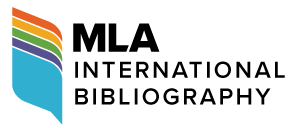Abstract
In the past decades, internationalization has become a byword in many educational institutions. Higher education institutions are aware that a means by which they can offer good quality education is by engaging in partnerships with international institutions. International linkages established by academic institutions have a wider reach such that teaching and learning, research, community, and extension programs may have an international flavor. In forging partnerships, institutions would sign an agreement called the Memorandum of Agreement (MOA), which stipulates provisions expected from the parties involved. Employing the framework of Johnson and Coulthard (2010) on the linguistic features of legal documents, the study examined 20 local and international MOAs on academic partnerships. Findings revealed that seven out of the 11 linguistic features abound in the local MOAs. These are binomial expressions; generic/cognitive structuring; legal archaisms; modality; negators; sentence length and complexity; and specialized, distinctive, and technical legal lexis. For international MOAs, only four out of the 11 linguistic features were found to be notable. These are generic/cognitive structuring, modality, negators, and sentence length and complexity. These features were found to occur at least 50 times or more in the contracts, which may cause ambiguity to the readers. Finally, with the dearth of studies using agreements as corpus, it is recommended that other types of agreement be examined, such as non-disclosure agreement, cooperative agreement, confidentiality agreement, intellectual property assignment agreement, among others. Other linguistic features may also be investigated, such as lexical repetition, formulaic expressions, French words and Latinisms, syntactic discontinuities, performative verbs, and euphemisms.
Recommended Citation
Madrunio, Marilu Rañosa
(2022)
"Lexical and Grammatical Features of Memoranda of Agreement (MOA) on Academic Partnerships,"
Journal of English and Applied Linguistics: Vol. 1:
Iss.
1, Article 5.
DOI: https://doi.org/10.59588/2961-3094.1004
Available at:
https://animorepository.dlsu.edu.ph/jeal/vol1/iss1/5





